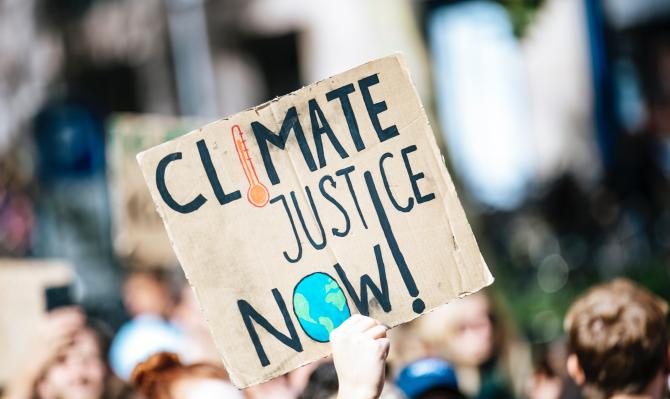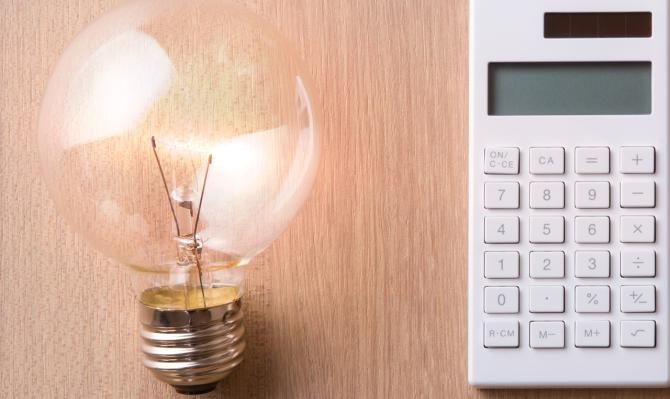Not all Spanish households spent more on fuel in summer
After using our consumption indicator to analyse the data on expenditure at petrol stations paid for with CaixaBank customer bank cards, we once again found that not all consumers reacted equally to the rise in fuel prices.

Since last year, consumers have been facing a rise in fuel prices, accentuated by the war in Ukraine. In a previous Focus,1 we analysed how fuel consumption had evolved up to March 2022 and we concluded that not all consumers were adjusting their spending in the same manner in response to the price increases. Have they continued to behave the same way since then?
Between April and July 2022, the average price of unleaded 95 petrol was 1.95 euros per litre, and it reached as high as 2.10 euros in June. In April, the government introduced a temporary 20-cent per litre cut in fuel prices for the entire population, which helped to ease the burden of the price increase. In any case, the amount that consumers paid to fill the tank between April and July was 32.2% higher on average than in the same period of 2019 (+40.3%, excluding the reduction), as shown in the first chart.
- 1. For further details, see the Focus «Fill the tank? What Spanish households’ spending at petrol stations tells us» in the MR05/2022.

After using our consumption indicator to analyse the data on expenditure at petrol stations paid for with CaixaBank customer bank cards, we once again found that not all consumers reacted equally to the rise in prices.2 The median average consumer3 spent more on fuel in July 2022: specifically, 13.2% more than in the same month of 2019, an increase similar to that recorded in Q1 2022 (+12.8%). Those who already consumed more fuel (than the median consumer) spent more than before, with their monthly expenditure on fuel being between 17.1% higher (60th percentile) and 25.7% higher (90th percentile) in July 2022 than in July 2019. There are greater increases in the upper fuel consumption percentiles, which shows that these consumers have a greater capacity to increase their spending, although this increase was less than that of fuel prices themselves,4 suggesting a reduction in the amount of litres consumed.
Similarly, but conversely, consumers who spent less on fuel in 2019 reduced their spending in 2022 compared to the same month of 2019 (see second chart). In July, the monthly expenditure on fuel for the 10th percentile was 20.7% lower than in July 2019. A lower nominal expenditure with higher prices indicates that consumers in this percentile made deeper cuts to the amount of litres they consumed.
- 2. To calculate the monthly consumption at petrol stations, we add up all the purchases carried out by each customer at these establishments throughout the month, regardless of the number of times they have refuelled. We also restrict the analysis to the same individuals who made purchases at petrol stations in both 2019 and 2022 and we organise them into percentiles in terms of their fuel expenditure in 2019. In any case, the results of performing the analysis without limiting it to the same individuals are very similar in both direction and magnitude.
- 3. i.e. half of consumers spent more on fuel per month and the other half less.
- 4. The price of unleaded 95 petrol including the reduction was 36% higher in July 2022 than in the same month of 2019.

The conclusion of this exercise is that the disparity in behaviour between fuel consumption percentiles was accentuated by the increase in prices, with a marked reduction in expenditure among the lowest percentiles and a substantial rise in the case of the highest percentiles. In other words, all consumers reacted to the price increase by cutting down on their consumption, but not everyone had the same capacity to offset the price increase. Thus, those who spent more on fuel in 2019 have probably had less capacity to adjust their level of demand in 2022, either because it is a more essential expense (for instance, because their work requires more travel) or because they have a greater financial capacity to absorb the price increase. However, those who spent less on fuel reduced their consumption by more, either by undertaking fewer journeys or by replacing the use of their own car with public transport. All in all, these are very different reactions to the same increase in fuel prices.






